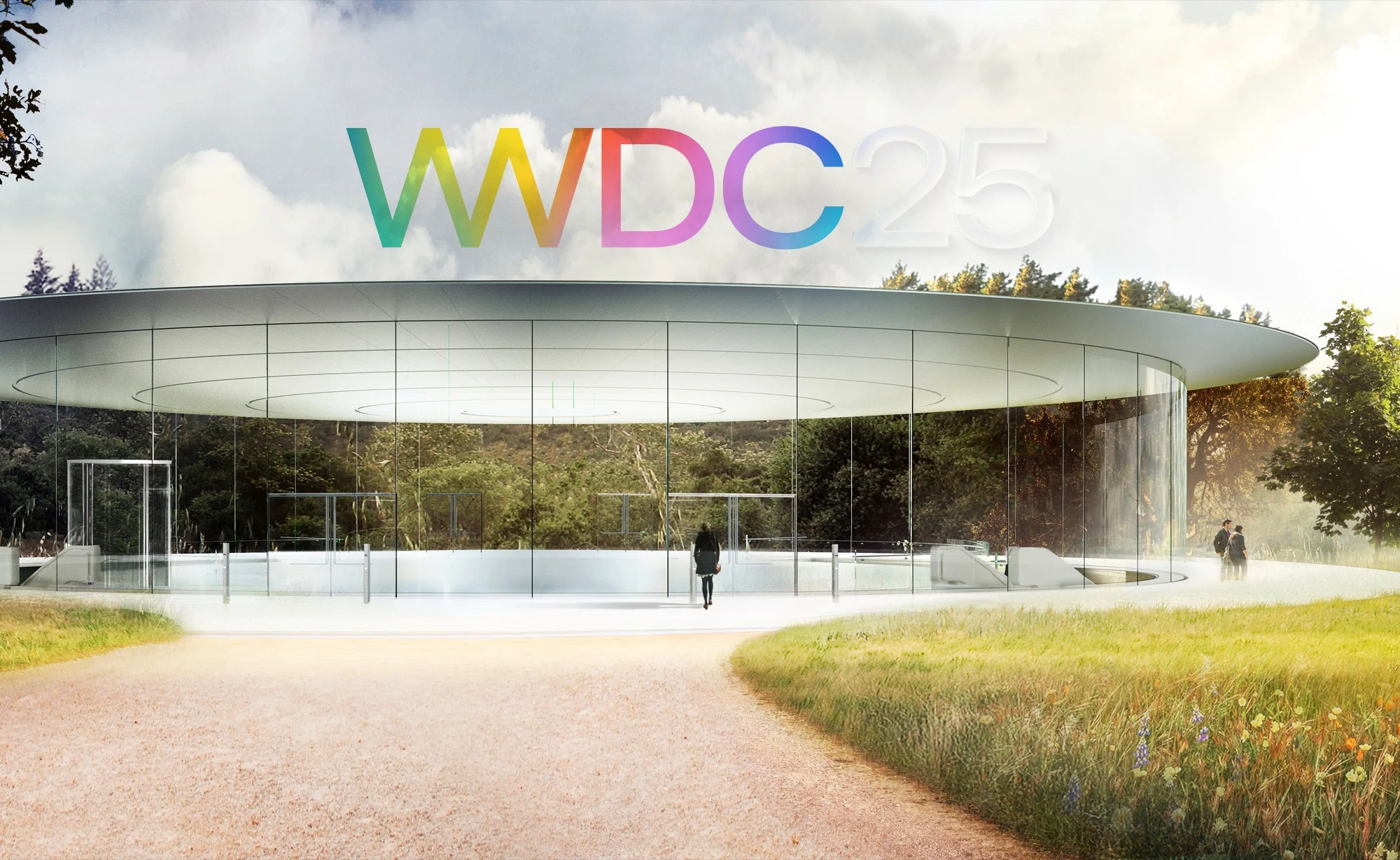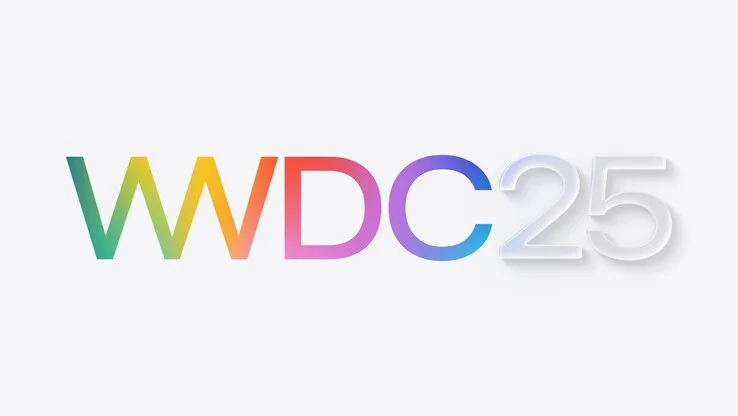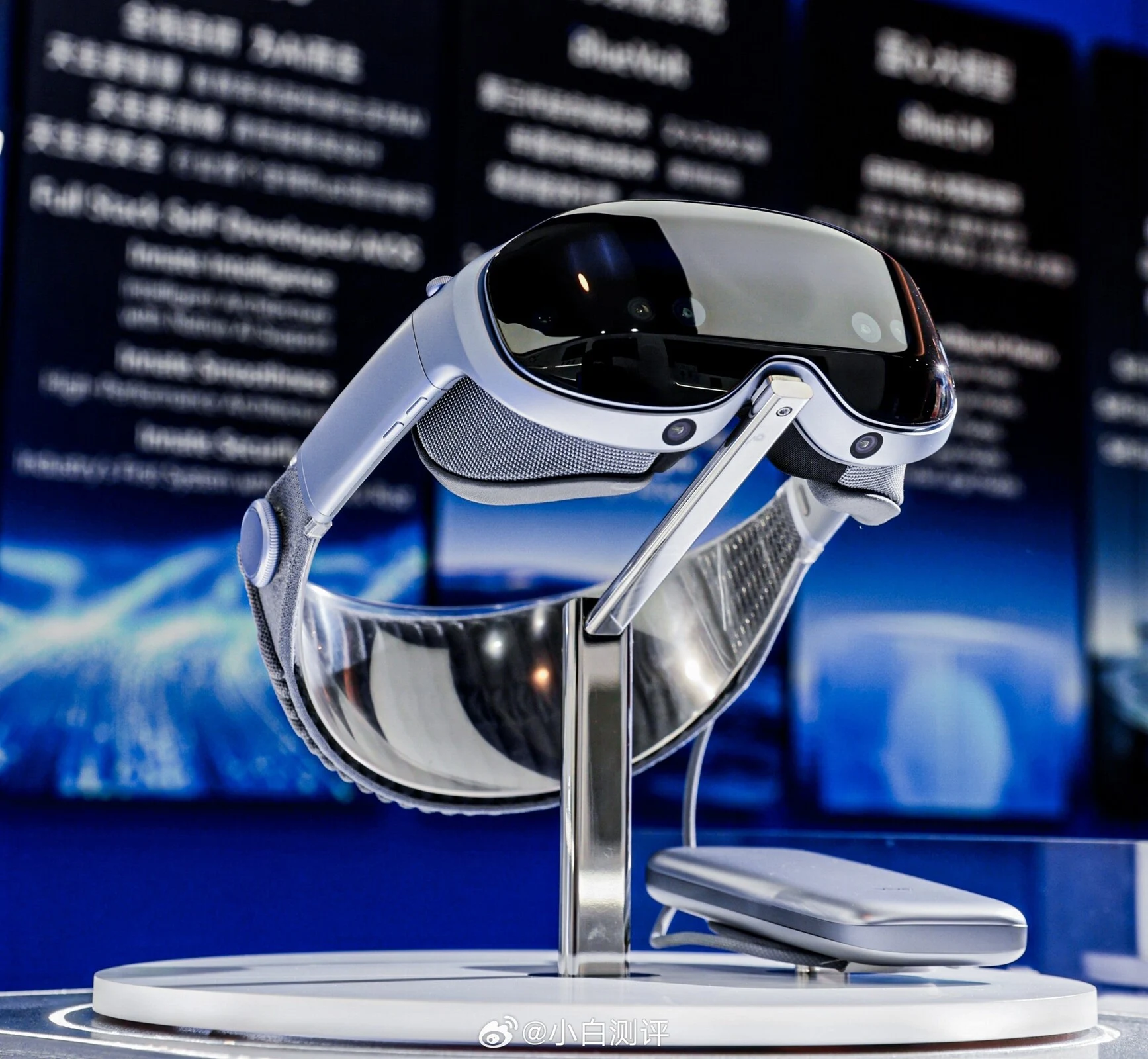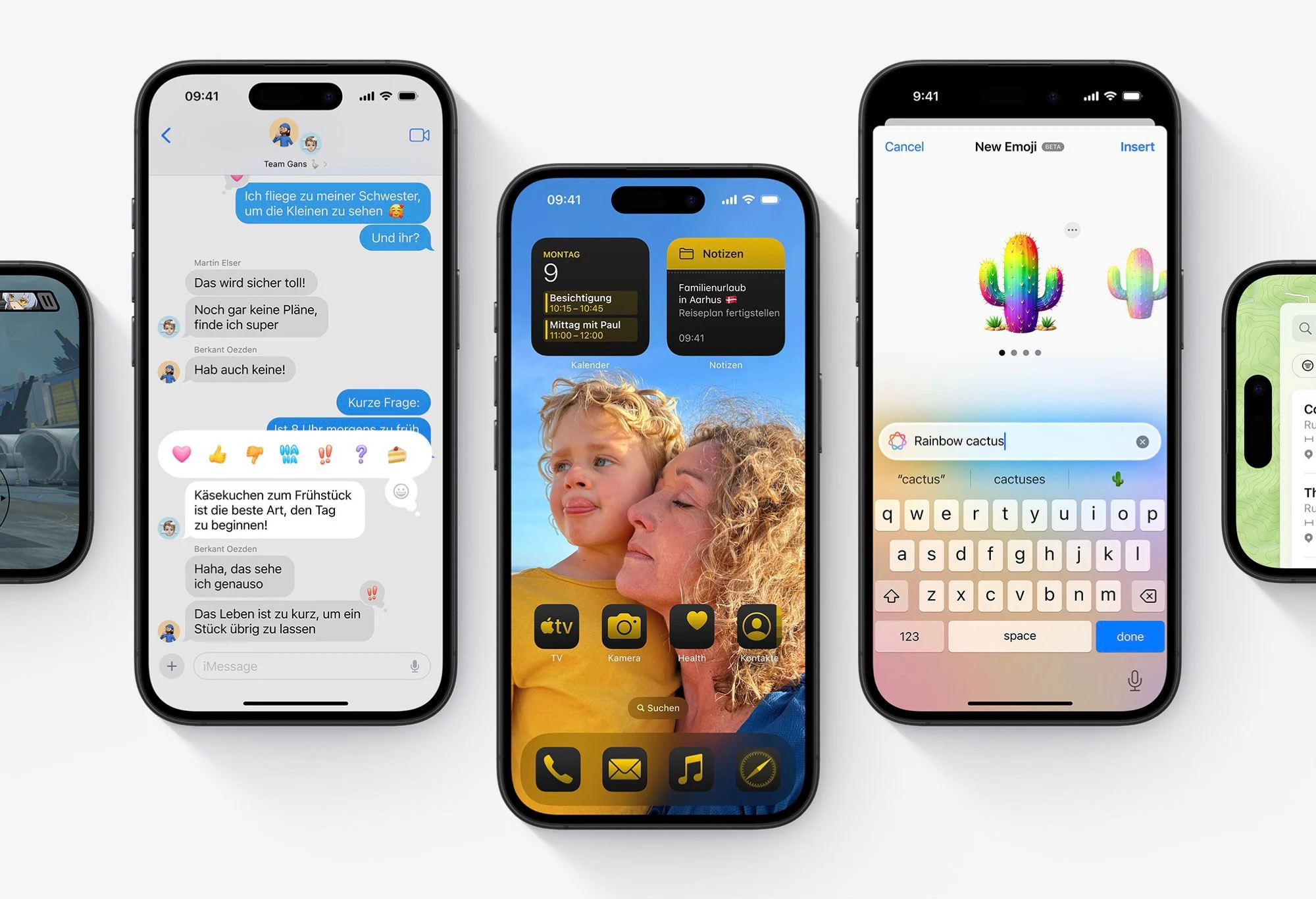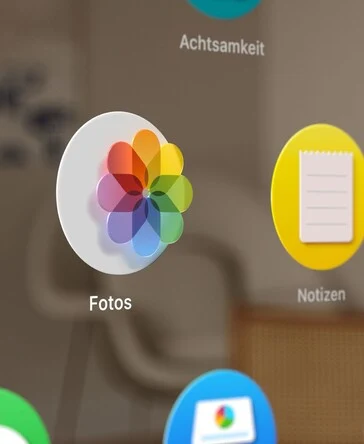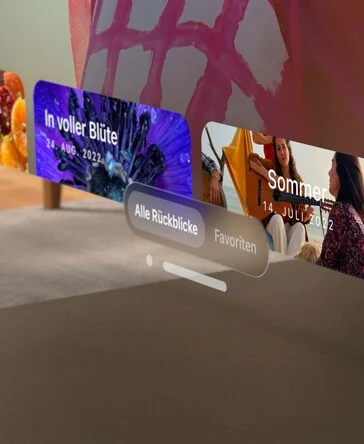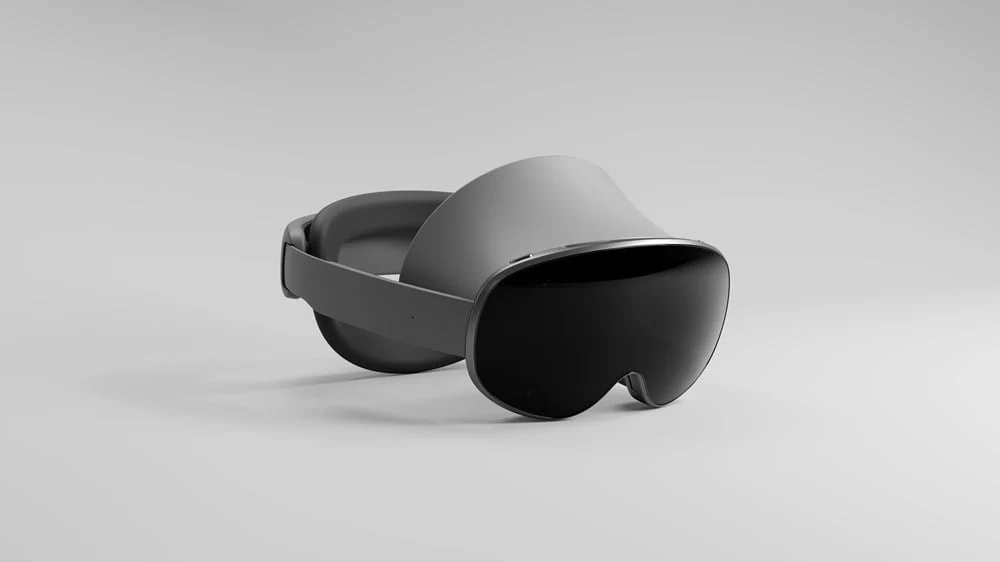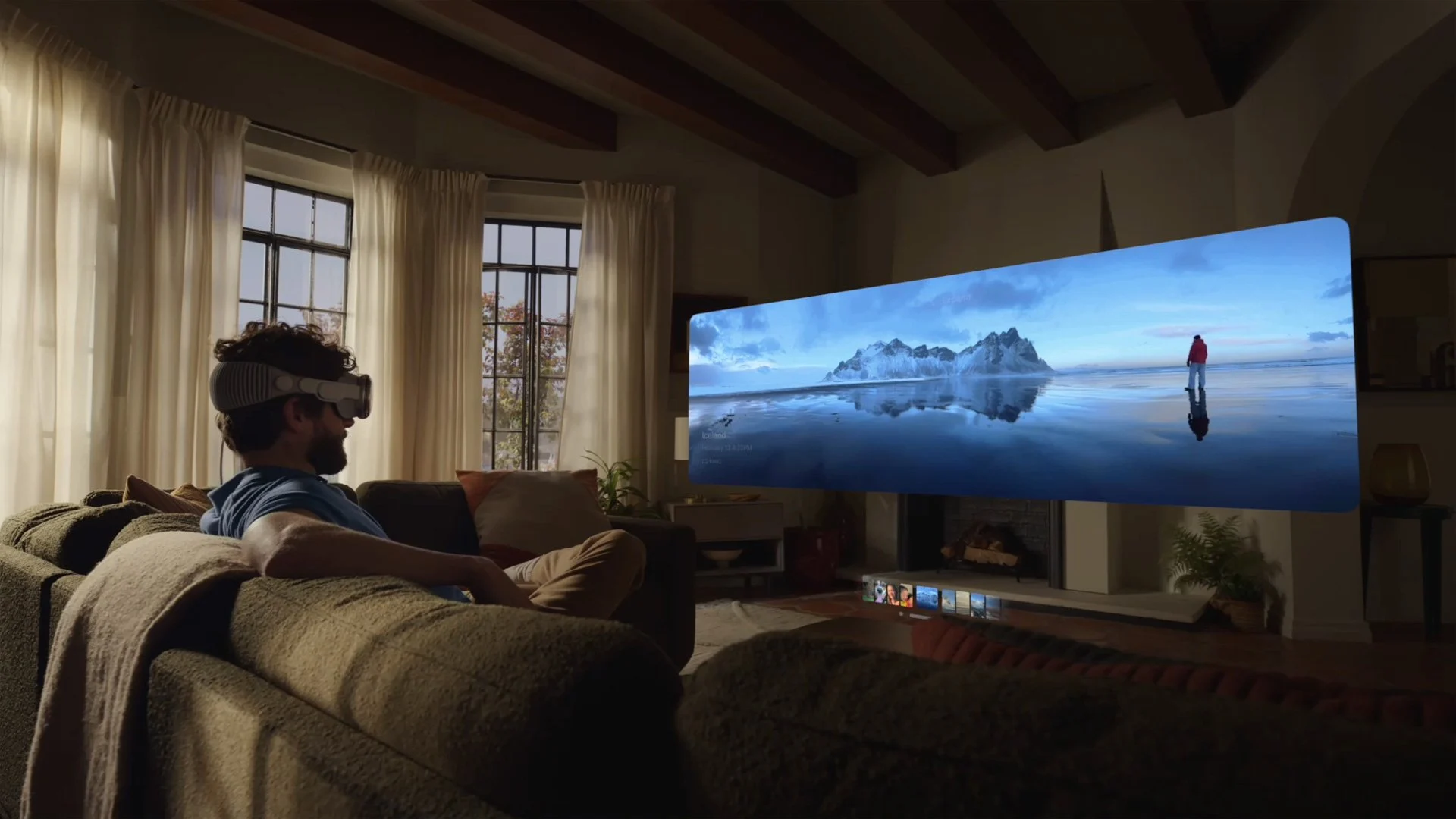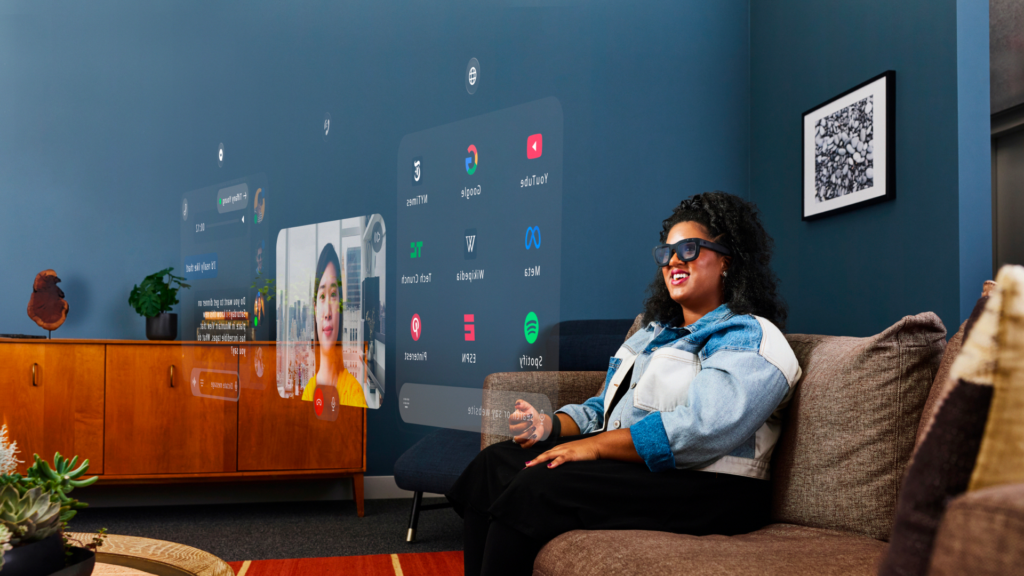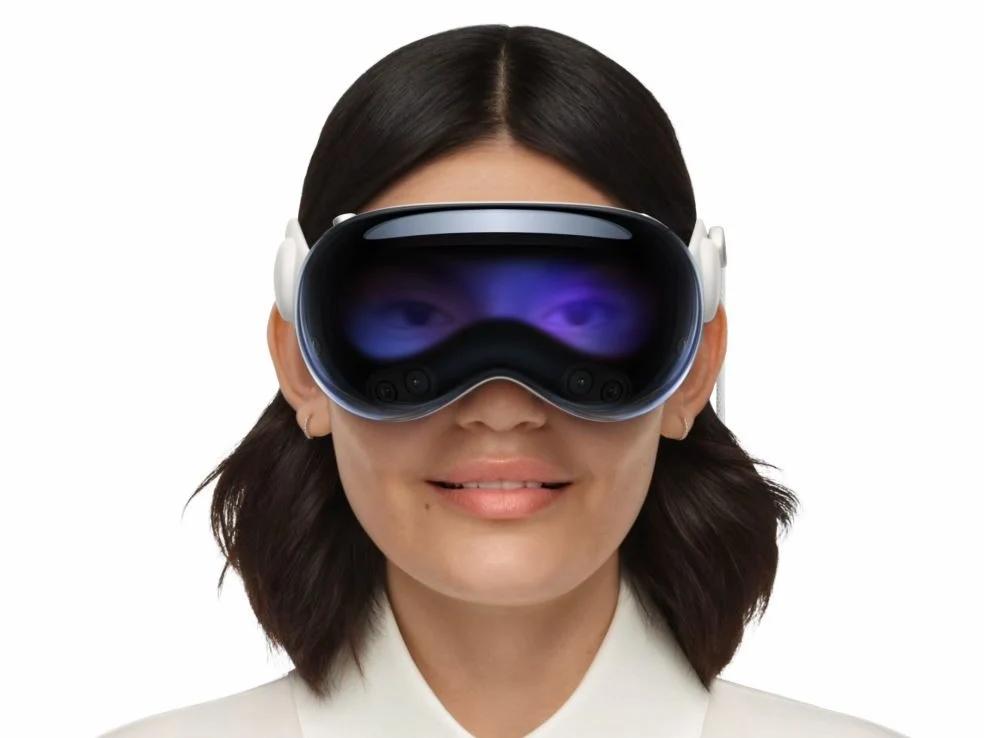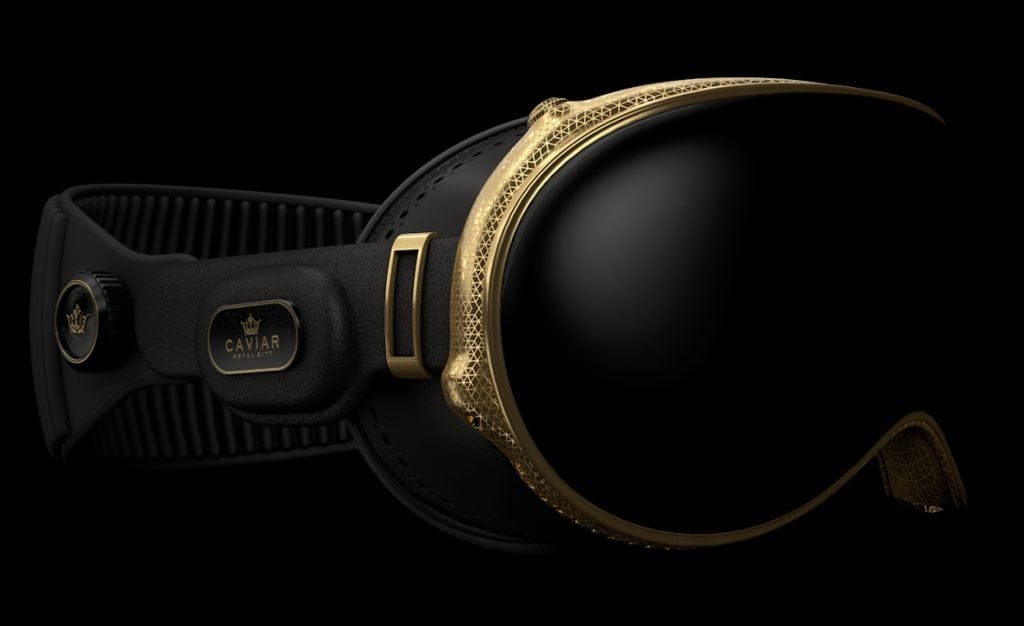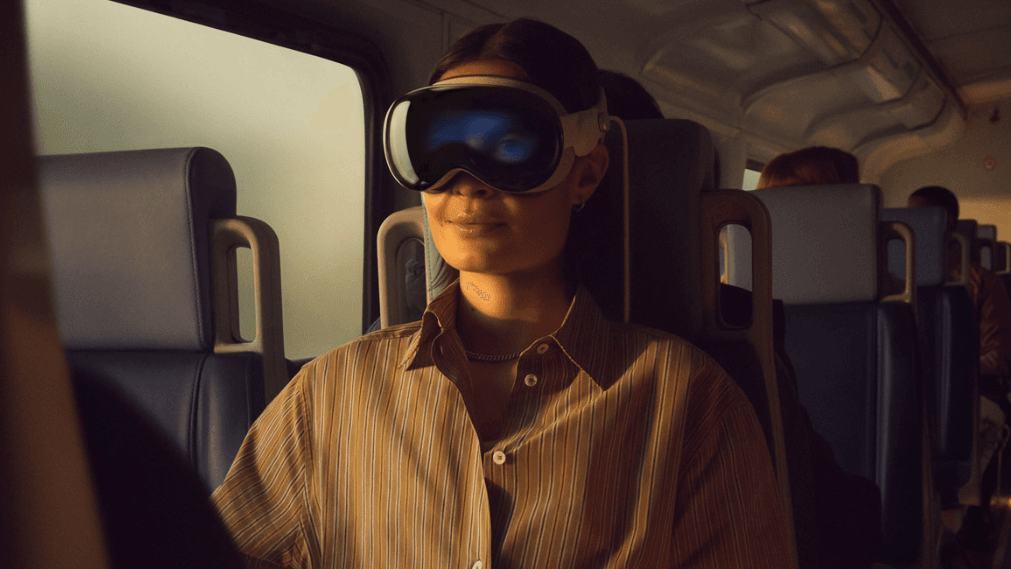Key Takeaways
1. Improved Hardware and Software: AR headsets in 2025 feature enhanced hardware, smoother user experiences, and a wider range of applications, making them more appealing for users.
2. Shift to Lightweight AR Glasses: There is a growing preference for lightweight AR glasses over traditional headsets, with companies like Meta and Google leading the development of more user-friendly designs.
3. Matured AR Content: The development of productivity tools, gaming, and immersive content has advanced significantly, enhancing the value of AR hardware for both entertainment and professional use.
4. Potential for Broader Accessibility: Collaborations like Google’s Android XR platform and Samsung’s Project Moohan may make AR technology more accessible to a wider audience, beyond just Apple users.
5. Cautious Investment Considerations: While AR headsets offer unique experiences, high prices and ongoing development challenges suggest that consumers may benefit from waiting for more refined and affordable options in the coming years.
Augmented reality (AR) headsets have really changed a lot in 2025. They now come with better hardware, smoother user experiences, and an expanding range of software options. Although AR has always seemed like a future concept, recent improvements indicate that it is very close to becoming popular with the general public. Still, with high prices and an unstable ecosystem, many people are wondering: Is it the right time to invest in AR technology?
The Current AR Hardware Scene
The AR headset market is more competitive than it has ever been, with big companies and new players fine-tuning their products. Major names like Apple, Meta, Google, Samsung, and various Chinese brands have made their presence felt in the industry, each with a distinct method for integrating AR.
Apple’s Vision Pro set a very high standard when it debuted in early 2024, and its next version, expected soon, is said to have a longer battery life and a lighter design. Apple’s spatial computing ecosystem is growing, with more developers adapting apps for visionOS. On the other hand, Meta continues to be a strong player with its Quest series, now featuring the Quest 3 and the enhanced Quest 3s. These headsets boast better processing capabilities, improved passthrough AR features, and a robust library of mixed-reality experiences, appealing to casual users and professionals alike.
A Shift in Preference
Interestingly, the AR hardware landscape is changing, as traditional headsets are losing popularity. Users seem to prefer lightweight AR glasses instead. Microsoft, once a big name in AR, has stopped making its HoloLens 2 and has not introduced a new model, hinting at a shift away from heavy enterprise headsets.
At the same time, Meta is leading the charge in developing AR glasses with its Orion project, introduced last year and expected to hit the market soon. Unlike conventional AR headsets, Orion glasses aim to offer a smoother, everyday wearing experience, merging the virtual and physical worlds without needing a bulky head-mounted display. Google is also getting back into the AR and VR scene with its Android XR platform, designed for next-gen immersive experiences. This platform aims to support various devices, setting a solid base for developers wanting to create AR apps with deep Google integration. Samsung, a major partner of Google, is making progress with Project Moohan, its first Android XR headset.
Advancements in Software and Services
Rumored to feature a high-end design and premium characteristics, this device is anticipated to compete with Apple’s Vision Pro while leveraging Google’s software strengths. Chinese brands like XREAL (formerly Nreal), Oppo, and TCL are gaining popularity with lightweight AR glasses, which are designed for both entertainment and productivity. These devices are often cheaper than their Western counterparts and rely on smartphones or dedicated computing units for processing.
AR content and apps have matured a lot in 2025, making the hardware more appealing. Developers are focusing on areas that highlight AR’s strengths. Productivity and collaboration tools like Microsoft Mesh, Zoom AR, and Apple’s Freeform AR allow for smooth remote meetings, holographic presentations, and collaborative workspaces. Gaming is also picking up speed with titles that mix virtual elements with the real world, while platforms like Disney+ and Netflix are exploring immersive AR content for interactive storytelling.
What Does the Future Hold for AR?
Brands are also using AR for virtual try-ons and 3D product displays, making online shopping more engaging. Companies like Peloton and Apple have incorporated AR-guided workouts and fitness coaching, enhancing the home exercise experience. Google’s Android XR platform could be key to speeding up software development for AR, providing an open ecosystem that promotes innovation and cross-device compatibility. Developers will have access to Google’s extensive suite of tools, featuring AI improvements that can enhance object recognition, voice interactions, and spatial awareness.
The possible collaboration between Android XR and Samsung’s Project Moohan indicates that AR may soon be more accessible to a broader audience beyond Apple’s ecosystem.
Should You Buy AR Headsets Now?
Even though AR headsets have made great progress, they are still in development. The coming years are likely to bring significant advancements in crucial areas. Manufacturers are working on smaller and lighter designs, as large headsets remain a big barrier to wide adoption. Improvements in optics, battery tech, and micro-LED displays should lead to sleeker and more comfortable devices.
Battery life continues to be challenging, but companies are looking into energy-efficient chips and external battery options. Faster connectivity and generative AI will make real-time interactions smoother, making AR applications feel more fluid and intuitive. Though high prices are still an issue, as production ramps up and competition heats up, costs should slowly decline.
Conclusion: Investing in AR Headsets
For businesses and professionals in fields like healthcare, design, and remote teamwork, AR headsets in 2025 are already providing considerable benefits. The tech boosts productivity, allows new ways to engage with digital content, and offers immersive training solutions.
For regular consumers, the choice isn’t as clear-cut. While AR headsets deliver stunning experiences, their steep prices and changing software landscape make them feel more like a luxury rather than a necessity. Unless you have a specific need for gaming, creative tasks, or are eager to adopt new technologies, it might be better to hold off for more refined and affordable options in the years ahead.




